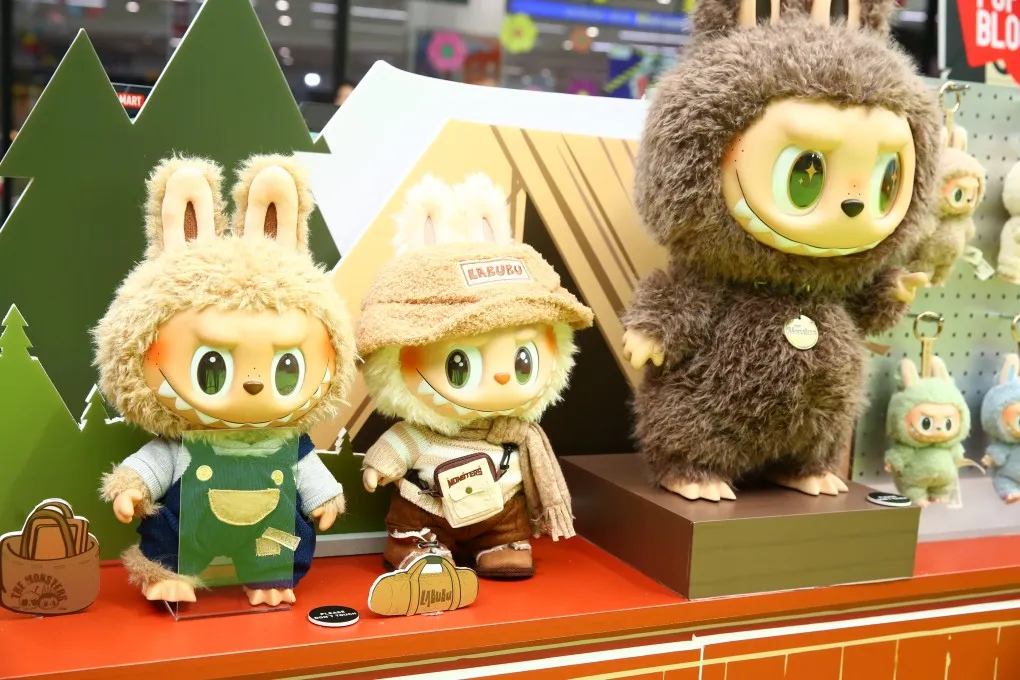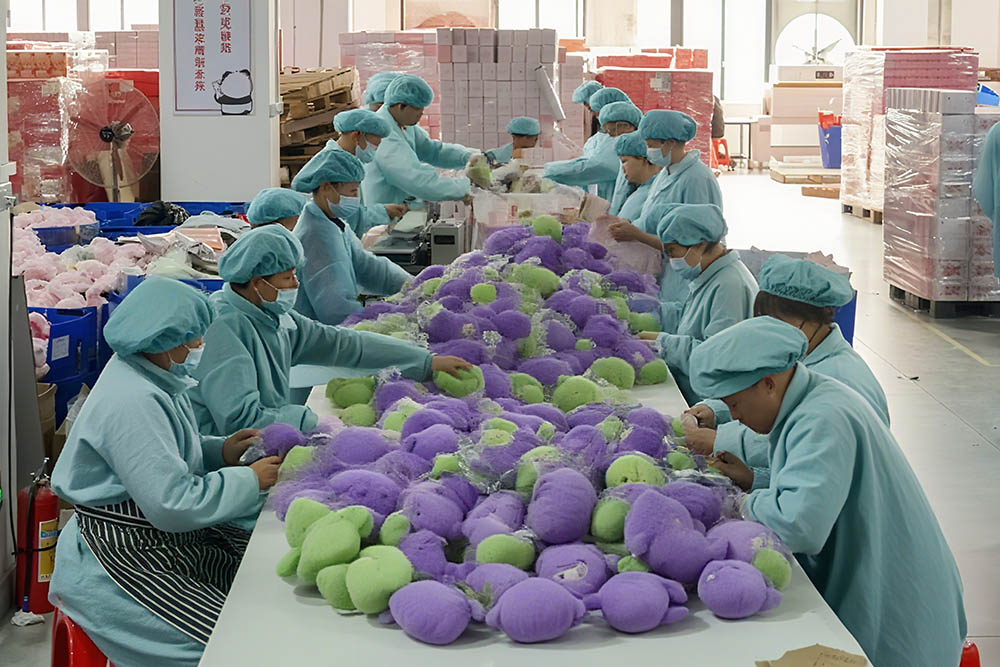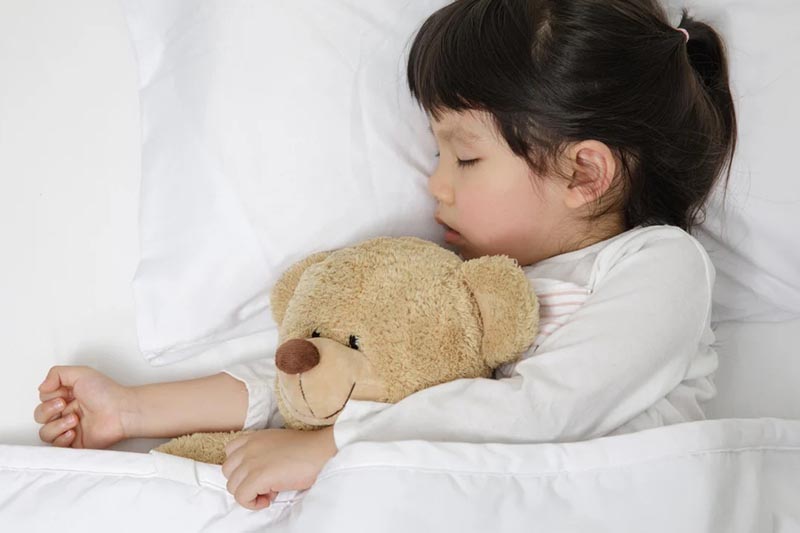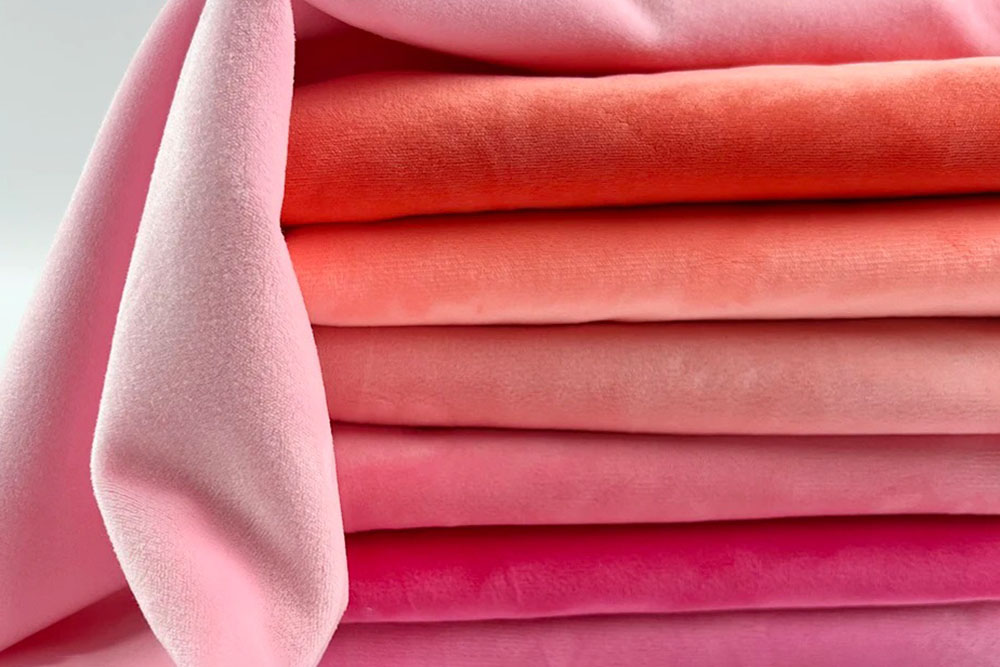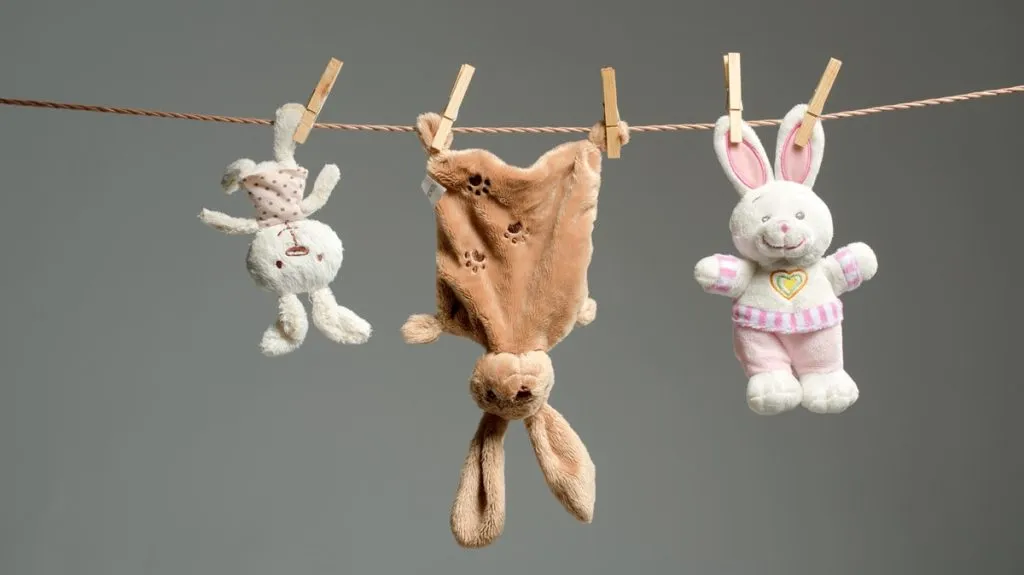Fabric choice is the most important factor in plush toy production. It defines softness, safety, durability, and even the final price.
The most popular fabrics for plushies include short plush, velboa, PV plush (also known as coral fleece), faux fur, velvet, organic cotton, and recycled fabrics. Each fabric has different textures, costs, and applications. For global buyers, knowing their differences helps in sourcing the right materials for specific markets and customers.
Let’s look at the most recommended fabrics for plush toys today.
1. Short Plush – Why Is It a Standard Choice?

Short plush is one of the most widely used fabrics in toy manufacturing. It is recognized for its versatility, smooth surface, and cost efficiency.
Short plush has a pile length of around 1–3 mm, making it soft yet durable. It is commonly used for stuffed animals, dolls, and baby plush products. The fabric is affordable, washable, and works well for both large-scale production and custom orders.
Short plush is especially popular in entry-level plush toys sold through e-commerce platforms like Amazon, Walmart, or Etsy. It strikes a balance between quality and affordability, which is ideal for high-volume orders. Because the fibers are short, the surface does not trap much dust, making it easier for parents to clean. Factories also prefer it because the material handles machine sewing well, reduces wastage during cutting, and does not easily deform during assembly.
Another advantage is that short plush works with multiple fillings, from polyester fiber to eco-friendly RPET stuffing. This makes it a flexible choice for buyers with different market targets. For example, promotional companies prefer it for budget campaigns, while baby product retailers choose it for soft rattles or plush comforters.
| Feature | Benefit | Best Use Case |
| Soft texture | Comfortable and safe for children | Baby plush, stuffed animals |
| Easy to sew | Supports efficient production | Mass-market plushies |
| Low cost | Keeps budgets under control | Promotions, bulk orders |
For buyers, short plush is not just cost-effective but also market-proven. If you want to minimize risk while entering or expanding a plush product line, this is the fabric that ensures smooth production, good consumer acceptance, and safe compliance with international standards.
2. Velboa – How Does It Support Large-Scale Production?

Velboa is one of the most popular fabrics for commercial plush toys because of its durability and production efficiency.
Velboa is a low-pile, knitted fabric that is strong, lightweight, and easy to handle in mass production. It is commonly used in stuffed animals, mascot plushies, and branded giveaways. Its affordability and wide availability make it a go-to choice for global buyers.
Velboa is often the first recommendation for clients who require large quantities with consistent results. Its short pile makes it resistant to pilling and stretching, which helps toys remain attractive after repeated handling. Many licensed character plush toys are made from velboa because it captures details clearly without distorting embroidery or prints. It is also widely chosen for sports mascots and promotional plush because it can be produced quickly and at scale.
From a cost perspective, velboa is highly efficient. It reduces sewing complications, saves production time, and minimizes rejected units. Buyers working with tight budgets but requiring professional results usually benefit the most. For example, e-commerce brands that need 5,000–10,000 plushies in a short lead time often choose velboa.
| Feature | Benefit | Best Use Case |
| Durable surface | Withstands frequent handling | Retail and promotional toys |
| Lightweight | Easy for sewing and cutting | Large-volume production |
| Affordable | Cost-effective material | Bulk orders, giveaways |
At Kinwin, velboa accounts for a large share of our export production. Buyers value its balance of price, durability, and flexibility, especially when products need to meet both cost-sensitive promotions and licensed brand requirements.
3. PV Plush / Coral Fleece – Why Is It Known for Luxury Softness?

PV plush, also called coral fleece, is popular in premium plush toys and baby products. Its long, soft fibers create a luxurious hand feel.
PV plush has a dense, fluffy texture that provides extra comfort. It is widely used for baby plush toys, blankets, and high-end stuffed animals. Buyers choose it when they want to emphasize softness and premium quality.
Unlike short plush or velboa, PV plush has longer fibers that make toys look fuller and more huggable. This fabric is perfect for premium collections sold as gifts, seasonal items, or luxury retail lines. Its softness is especially valued in infant products, as it provides both comfort and warmth. However, because the fibers are longer, PV plush requires careful cutting and sewing to avoid shedding. Factories with experience know how to handle this fabric properly.
Seasonal demand also drives PV plush sales. During colder months, plush toys and cushions made of coral fleece are especially popular. Many brands create winter editions using PV plush to target holiday sales. Although it is slightly more expensive than velboa, it offers a higher perceived value, allowing retailers to set premium prices.
| Feature | Benefit | Best Use Case |
| Long, fluffy pile | Feels luxurious and premium | Baby toys, high-end plush |
| Thick density | Adds value to final product | Premium retail markets |
| High absorbency | Useful beyond toys | Baby blankets, cushions |
For buyers, PV plush offers a strong ROI because it positions products in the premium segment. It allows brands to market plushies not just as toys, but as lifestyle products that bring comfort, making them ideal for gifting and high-margin sales.
4. Faux Fur – How Does It Create Realistic Plush Animals?

Faux fur is used for plush toys that require lifelike appearance, especially in animal-themed products.
Faux fur is made from synthetic fibers designed to imitate real animal fur. It offers natural-looking textures and comes in a wide variety of lengths and colors. It is often used in realistic stuffed animals, fashion accessories, and collector plush toys.
Faux fur stands out because it creates a dramatic, realistic effect. Many wildlife plush toys, such as lions, wolves, or bears, use faux fur to replicate natural textures. Theme parks and souvenir shops often demand this fabric for exclusive merchandise because it enhances the realism of the product. It is also commonly seen in limited-edition collector plush toys, which require higher detail and authenticity.
The production process with faux fur is slower, since the material is thicker and requires more skilled handling. It may also increase costs compared to velboa or short plush. However, the final result justifies the effort—plush toys made with faux fur often sell at higher prices and attract adult collectors, not just children.
| Feature | Benefit | Best Use Case |
| Realistic texture | Mimics real animal fur | Wildlife plush toys |
| Customizable pile | Variety in lengths and patterns | Premium collectibles |
| Strong market appeal | Attractive for adult collectors | Gifts, high-end retail |
For buyers, faux fur is an excellent choice when aiming for niche, higher-value markets. It helps brands expand beyond children’s categories into collectible and lifestyle segments.
5. Velvet – Why Does It Add a Premium Look?

Velvet is known for its smooth, shiny surface and rich colors, which make plush toys look elegant and premium.
Velvet is a woven fabric with a short, dense pile. It is used for collectible plush toys, decorative dolls, and branded gift products. Its premium feel supports higher pricing and makes toys suitable as display or luxury items.
Velvet has a unique advantage: it creates instant visual appeal. Many brands use it for special editions, Valentine’s Day plushies, or anniversary gift dolls. The fabric photographs beautifully, which helps in social media promotions and online sales. It is also frequently chosen for plush toys aimed at adults, who value aesthetics as much as comfort.
The downside is that velvet is more delicate compared to velboa or short plush. It may not hold up well under heavy play, so it is better suited for decorative or collectible plush. However, when combined with embroidery, metallic threads, or luxury packaging, velvet plush toys achieve a premium positioning that supports higher retail margins.
| Feature | Benefit | Best Use Case |
| Shiny surface | Eye-catching premium look | Collectibles, gift plush |
| Rich colors | Enhances design aesthetics | Fashion-driven plush lines |
| Soft texture | Premium consumer experience | Display dolls, seasonal toys |
For buyers, velvet is a strong option for seasonal sales campaigns, corporate gifts, or collectible lines. It elevates plush toys beyond playthings, making them memorable items for consumers.
6. Organic Cotton Fabrics – Why Are They Gaining Global Demand?

Sustainability is a growing trend, and organic cotton is at the center of it.
Organic cotton fabrics are free from harmful chemicals and safe for sensitive skin. They are highly recommended for baby plush toys, eco-friendly collections, and brands positioning themselves as sustainable.
Organic cotton is especially valuable for buyers targeting premium baby and children’s markets in Europe, North America, and Japan. Parents trust the safety of chemical-free textiles, and brands can market these products with GOTS (Global Organic Textile Standard) or OEKO-TEX certifications to gain consumer confidence.
The cost of organic cotton is higher than synthetic fabrics, but it allows brands to charge more and strengthen eco-friendly positioning. Many boutique stores, lifestyle retailers, and eco-conscious e-commerce brands are already adopting organic cotton plush toys as part of their long-term sustainability strategies.
| Feature | Benefit | Best Use Case |
| Chemical-free | Safe for babies and children | Baby plush, infant lines |
| Hypoallergenic | Reduces allergy risks | Sensitive-skin toys |
| Eco-certified option | Strengthens brand sustainability | Premium eco plush collections |
For buyers, investing in organic cotton fabrics is not just about following a trend—it’s about future-proofing the brand. It sends a strong message to consumers and supports long-term trust and loyalty.
7. Recycled Fabrics – How Do They Support Green Innovation?

Recycled fabrics are the future of plush manufacturing, helping brands reduce environmental impact.
Recycled fabrics, such as RPET (from plastic bottles), are transformed into soft, safe, and durable plush textiles. They are used in sustainable toy collections, promotional campaigns, and eco-friendly retail products.
Recycled fabrics allow brands to link their products directly with environmental responsibility. Consumers increasingly ask about sourcing and sustainability, and toys made with RPET or other recycled fibers give companies a competitive edge. The materials often carry certifications like GRS (Global Recycled Standard), adding credibility to product claims.
Corporate buyers also find recycled fabrics attractive for promotional items. Plush toys made from RPET can carry both a brand message and an eco-friendly image, which is especially appealing in industries like travel, retail, and lifestyle.
| Feature | Benefit | Best Use Case |
| Made from RPET | Reuses plastic bottles | Sustainable plush toys |
| Eco certification | Proves environmental responsibility | Corporate promotions |
| Market differentiation | Attracts green-focused consumers | Premium eco collections |
For buyers, adopting recycled fabrics early helps build a forward-thinking brand image. In the coming years, eco-conscious production will become less of an option and more of a standard expectation. Choosing recycled fabrics now ensures long-term competitiveness.
Plush toy fabrics include short plush, velboa, PV plush, faux fur, velvet, organic cotton, and recycled textiles. Each choice affects cost, softness, and branding.
Contact Kinwin at [[email protected]] or visit https://kinwintoys.com/ to source high-quality fabrics and create plush toys tailored to your market. With 17 years of factory expertise, we help global buyers balance cost, safety, and innovation.



